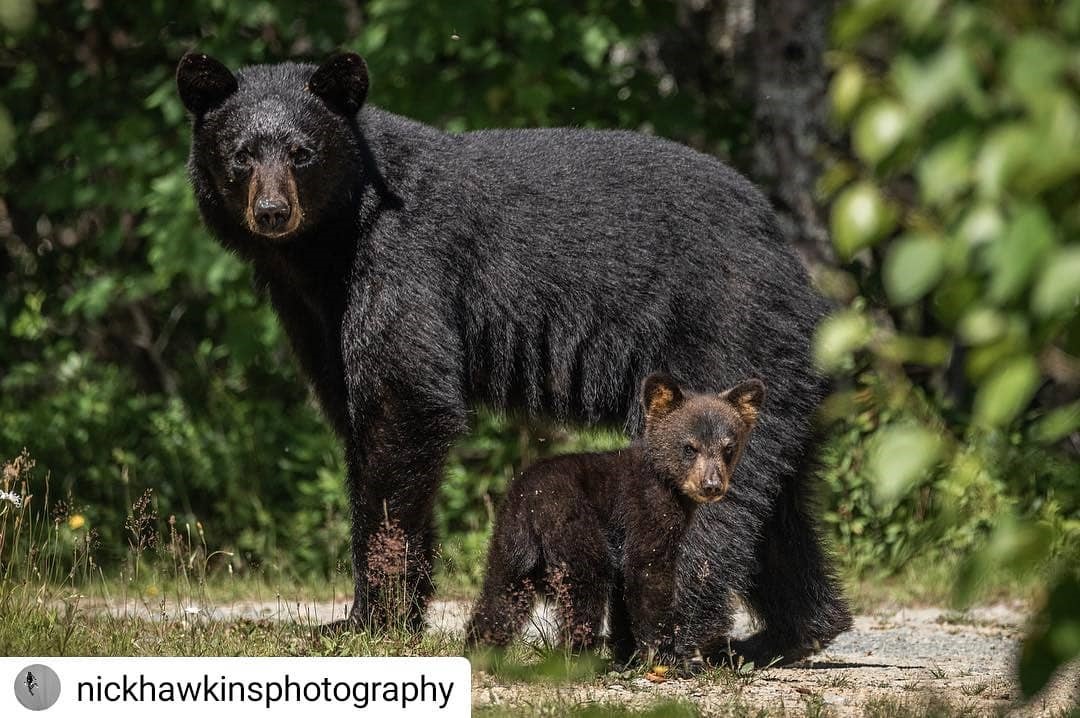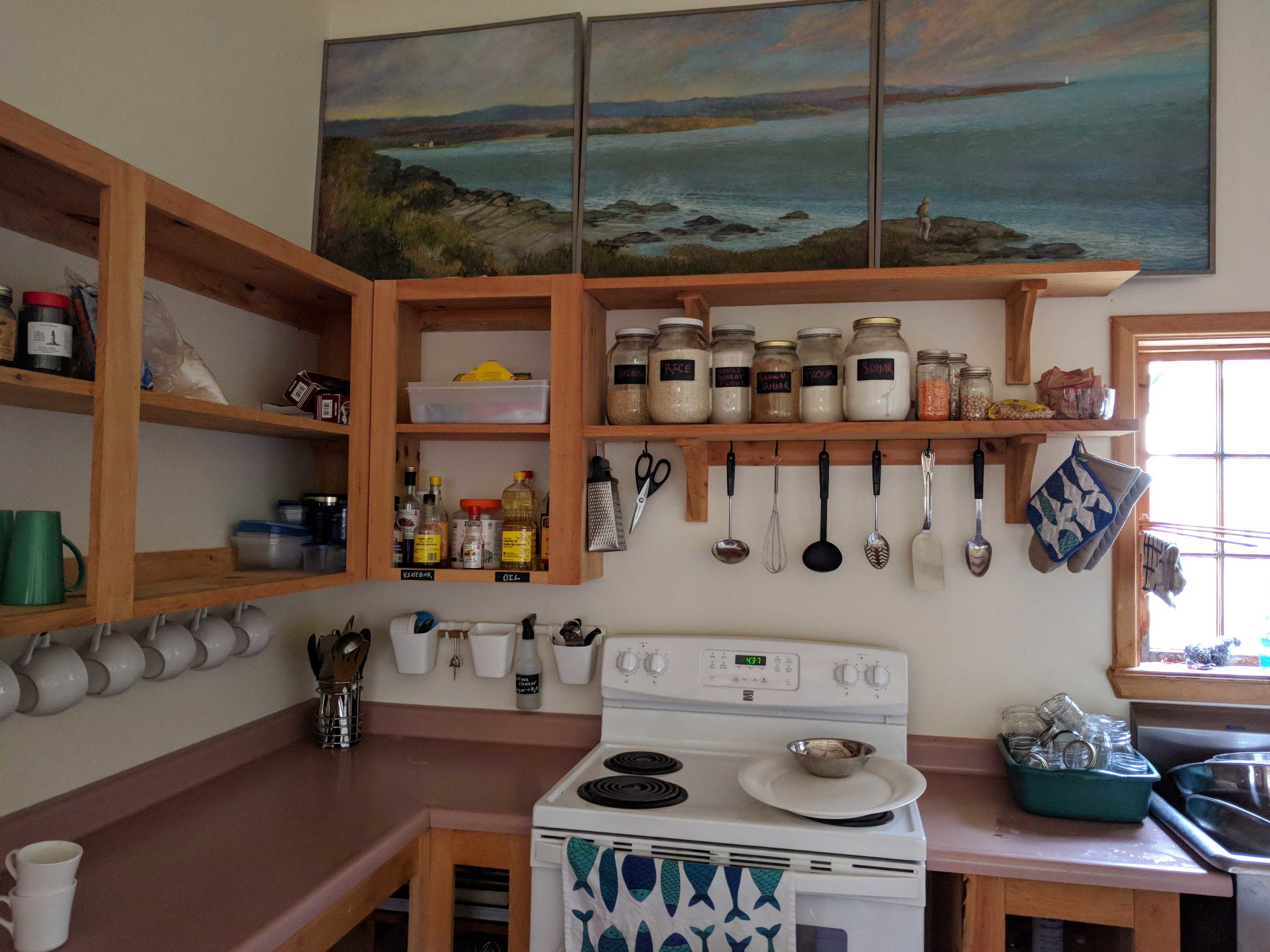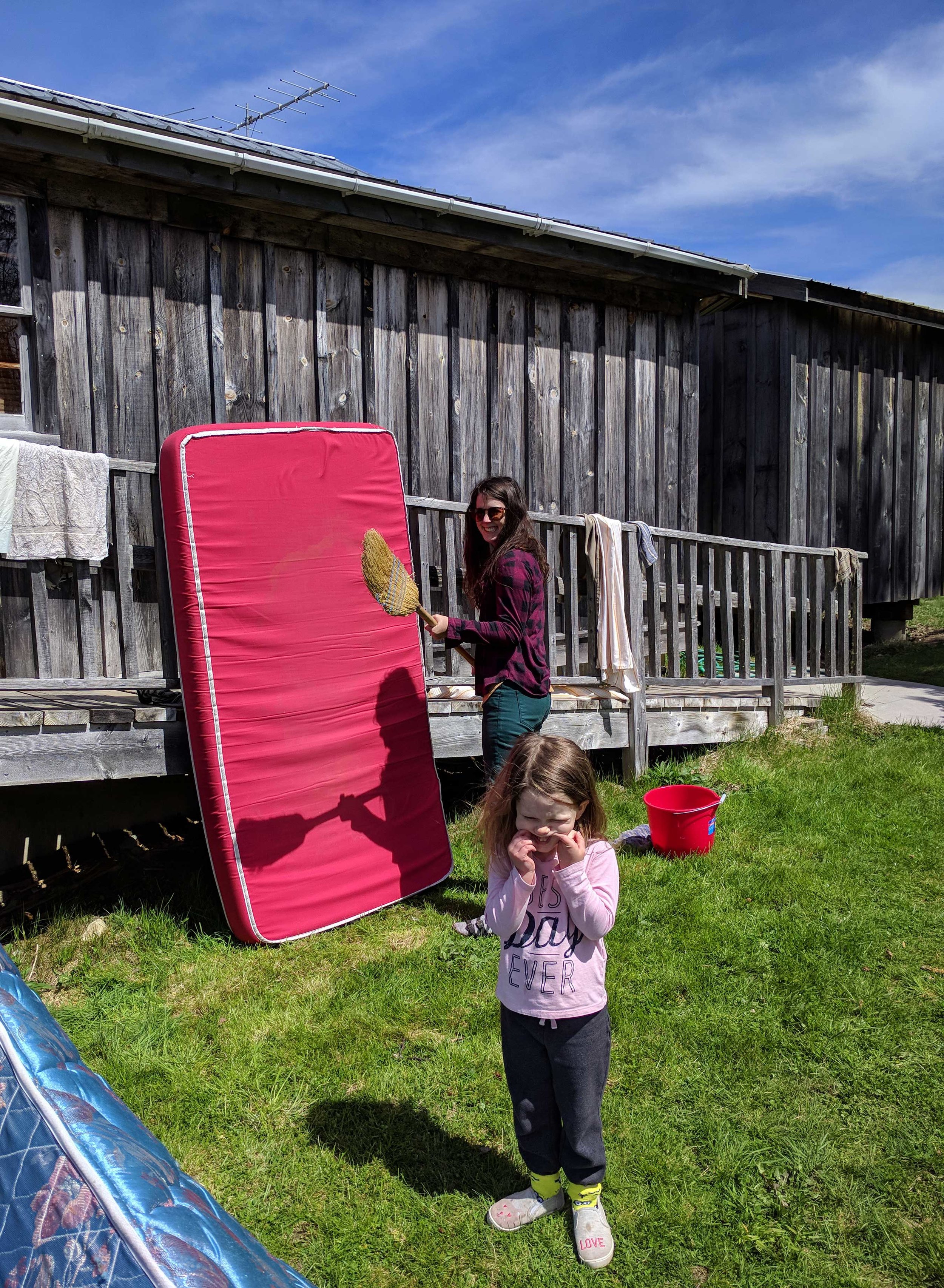Hello folks, Jamiel here to fill you in on my final week at the HLC!
On Sunday we hosted an informal gathering to discuss the significance of the Port Joli IBA area. We began with a wonderful presentation from Bird Studies Canada which brought everyone up to speed on what an IBA is and how they are classified. This was followed by a presentation on the MOTUS Wildlife Tracking System antenna that has been installed at the HLC. Attendees joined us for a walk to Sandy Bay Beach to scope out any shorebirds that could be seen. We finished the event with some corn on the cob in the main building, courtesy of Dirk, and some discussion. It was a great turn out. Thank you to all who joined us!
On Tuesday we hosted our August N2O workshop on weaving with discarded and reclaimed fishing rope. The event started with some refreshments in the main building before heading down to Sandy Bay Beach to do a quick beach cleanup. Everyone walked away with a beautifully weaved item and a smile on their face. Many thanks to Yvonne of C Y Knot for leading the workshop and all the attendees that came out!
This week our Wild Wednesday event was held at the beautiful Carters Beach. We prepared some touch tanks with a variety of creatures collected by Jessica in the nearby water. After learning a little about each creature, we headed for the dunes to hear about migratory birds, insects and mammals that inhabit this ecosystem. A productive discussion was held about the importance of dune conservation and ways to possibly mitigate dune damage. It was a very successful event. We appreciate all the interested individuals who came out to learn about the ecological significance of beach and dune ecosystems.
Join us for our next Wild Wednesday event to learn about the bats that surround us!
I’d like to say farewell to the readers of our blog, to everyone who came out to our workshops and events, and most importantly the team here at the HLC. It has been an amazing summer and I will be sad to go. This field station is truly unique, and I will never forget my time here. Jessica and Kaitlyn have been fantastic coworkers and I wish you two the best. To Dirk, thank you for all the knowledge, books and accommodations you so graciously provided. I’ll leave you with some of the better pictures I’ve taken over the summer. Hasta la vista pals!






















































































































